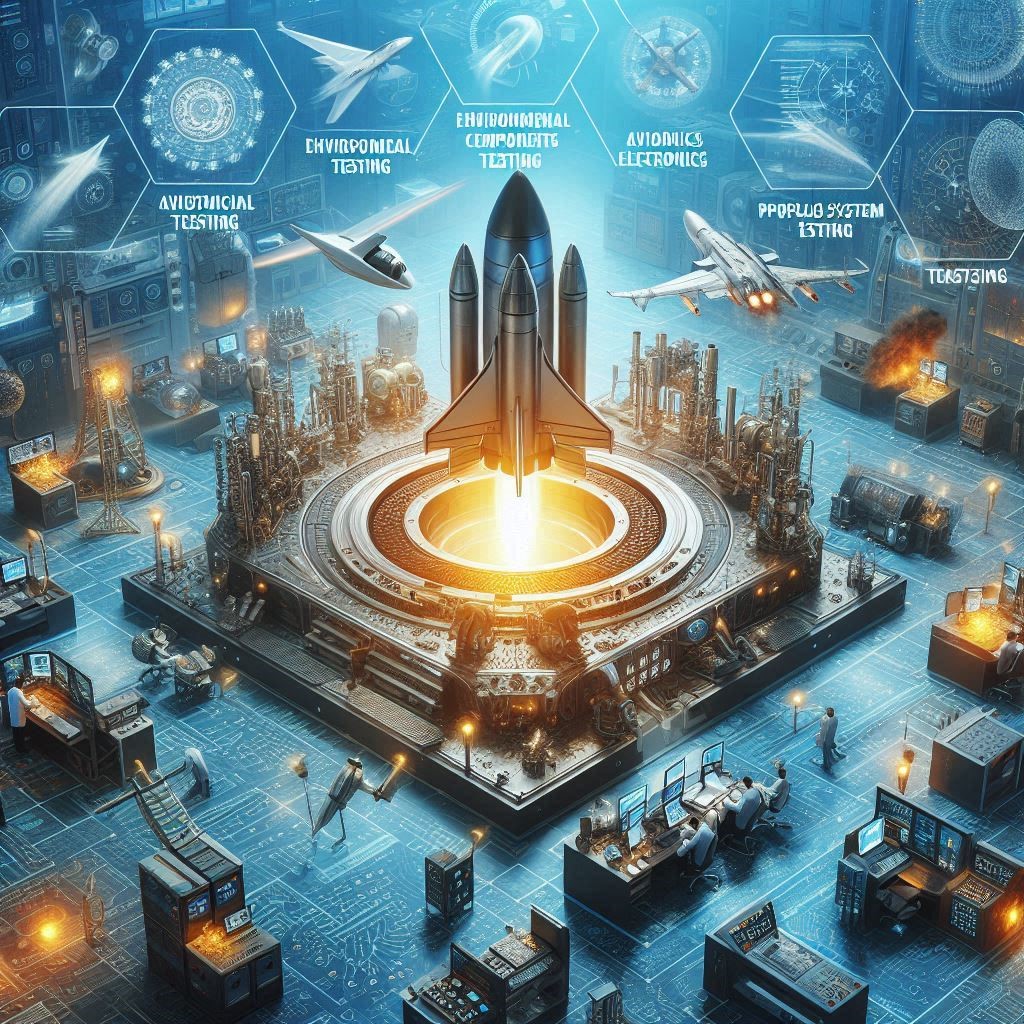Frequently Asked Questions (FAQ) about AI and Gen AI in Aerospace Testing
1. What is AI (Artificial Intelligence) and Gen AI (Generative AI)?
AI (Artificial Intelligence) refers to the simulation of human intelligence in machines that are programmed to think, learn, and solve problems. It involves technologies like machine learning (ML), deep learning (DL), and natural language processing (NLP).
Gen AI (Generative AI) is a subset of AI that focuses on algorithms capable of generating new content, designs, or models based on patterns learned from large datasets. Gen AI can create innovative solutions, including new aerospace system designs or simulations.
2. How is AI being used in aerospace testing?
AI is used to automate testing processes, analyze large datasets in real-time, predict failures, and optimize designs. Key applications include predictive maintenance, anomaly detection, automated flight simulations, design optimization, and enhanced safety testing. AI tools analyze historical and real-time data to improve the speed, efficiency, and accuracy of aerospace testing.
3. What is predictive maintenance, and how does AI improve it in aerospace?
Predictive maintenance is the process of using AI algorithms to forecast potential failures or parts that may wear out before they happen. By analyzing data from sensors and historical performance records, AI can predict when and where a failure might occur, enabling proactive maintenance. This minimizes downtime, reduces repair costs, and ensures higher reliability and safety for aircraft and aerospace systems.
4. How does Generative AI help in aerospace design optimization?
Generative AI helps by using data from existing designs and performance metrics to create new, optimized designs for aerospace systems. By simulating numerous design variations, Gen AI can suggest configurations that are more efficient, lightweight, and cost-effective. This reduces reliance on traditional human-centered design processes and accelerates time-to-market for new aerospace technologies.
5. What are the benefits of AI and Gen AI in aerospace testing?
The key benefits include:
- Speed and Efficiency: Faster testing and design optimization through AI-powered simulations and automation.
- Cost Reduction: Minimizing physical testing and optimizing resource management, reducing operational costs.
- Safety: Predicting failures and identifying safety risks early, improving overall safety standards.
- Innovation: Generating new design concepts and improving existing ones using AI-driven algorithms.
- Accuracy: Enhanced precision in data analysis and decision-making, reducing human error.
6. Are there any challenges to implementing AI and Gen AI in aerospace testing?
Yes, some challenges include:
- Data Quality: AI and Gen AI systems require high-quality data to make accurate predictions. Poor or incomplete data could lead to incorrect conclusions.
- Integration with Legacy Systems: Aerospace testing infrastructures may need significant upgrades to integrate AI-driven technologies effectively.
- Regulatory Compliance: AI tools must adhere to strict industry standards and safety regulations. Ensuring compliance can be a complex process.
- Cost of Implementation: The initial investment in AI technologies can be high, though the long-term benefits usually outweigh the costs.


